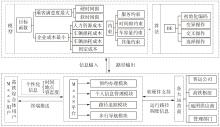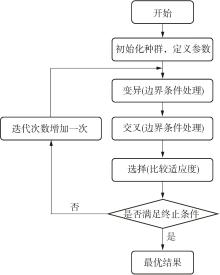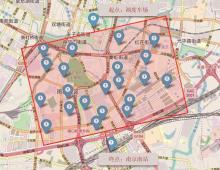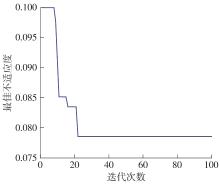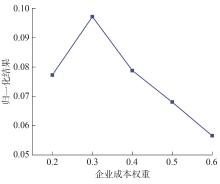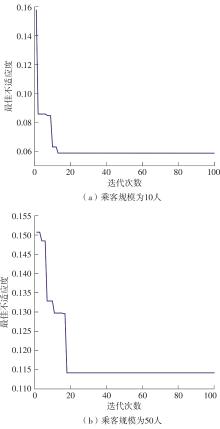华南理工大学学报(自然科学版) ›› 2023, Vol. 51 ›› Issue (10): 22-30.doi: 10.12141/j.issn.1000-565X.230224
所属专题: 2023绿色智慧交通系统专辑
MaaS背景下面向枢纽接驳的灵活型公交调度优化
杨敏1 陈单涛1 蒋瑞宇1 李瑆泽1 江紫弦2 张明业1
- 1.东南大学 交通学院,江苏 南京 211189
2.东南大学 计算机科学与工程学院,江苏 南京 211189
Flexible Bus Scheduling Optimization for Integrated Hub Connections in the Context of MaaS
YANG Min1 CHEN Shantao1 JIANG Ruiyu1 LI Xingze1 JIANG Zixian2 ZHANG Mingye1
- 1.School of Transportation,Southeast University,Nanjing 211189,Jiangsu,China
2.School of Computer Science and Engineering,Southeast University,Nanjing 211189,Jiangsu,China
摘要:
作为常规公交的重要补充,灵活型公交能够面向特定群体提供需求响应式的服务,在国外已投入使用并取得良好成效。而针对国内不同的交通情况,能否将其应用于综合枢纽乘客的接驳并缓解枢纽日益凸显的集散客流压力,是城市公共交通领域值得研究的课题。为此,本文建立了面向综合枢纽接驳的灵活型公交调度优化方法。结合MaaS系统的数据共享、灵活响应等特点,构造了基于MaaS的灵活型接驳公交调度服务流程。考虑到乘客的准时性需求和公交运营企业的成本需求,综合考虑乘客满意度和企业成本,结合时间窗、车辆容量、站点服务等约束,建立了面向综合枢纽接驳公交的多目标优化模型,通过统一求解方向、归一化和赋权,将多目标模型转化为单目标模型。基于编码、解码、最大堆等思想设计差分进化算法求解,并以南京南站铁路枢纽片区为案例对模型进行验证。本文以2021年5月份南京南站周边片区部分公交线路刷卡数据为依托,分析枢纽乘客出行需求的空间分布特征,预设需求站点和乘车需求。运行编制的模型算法进行迭代优化,最终生成的方案适应度为0.921 2,乘客平均满意度为89.77%,算法在迭代50次以内即达到收敛,验证了模型和算法的可行性与有效性。灵敏度分析表明当乘客需求规模发生变化时,模型和算法依旧具有较好的适用性。
中图分类号:
